Entry Category: Criminal Activities
 William Rice Lynching Article
William Rice Lynching Article
 Adam Richetti
Adam Richetti
Ricks, G. W. and Moses (Lynching of)
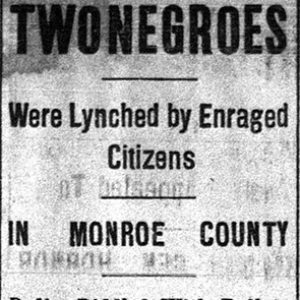 Ricks Lynching Article
Ricks Lynching Article
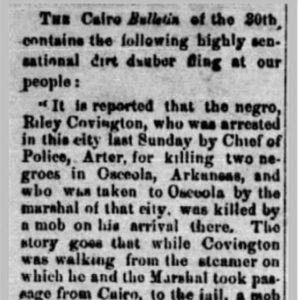 Riley Covington Lynching Article
Riley Covington Lynching Article
Robertson, Frank (Lynching of)
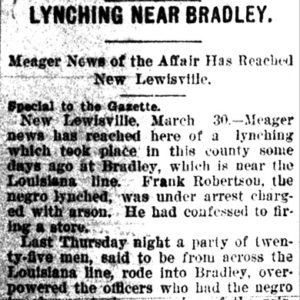 Frank Robertson Lynching Article
Frank Robertson Lynching Article
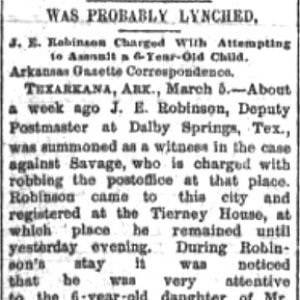 J. E. Robinson Lynching Story
J. E. Robinson Lynching Story
Robinson, Willis (Lynching of)
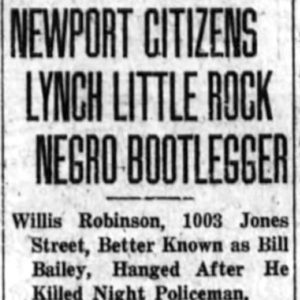 Willis Robinson Lynching Article
Willis Robinson Lynching Article
 Rolling Stones
Rolling Stones
Rolling Stones, Arrest of the
Rowland and Dickerson (Lynching of)
 Rowland and Dickerson Lynching Article
Rowland and Dickerson Lynching Article
 Charles Spurgeon Ruck
Charles Spurgeon Ruck
Ruffin, Isaac (Lynching of)
Rufus Buck Gang
Russ, Carnell (Killing of)
Sanders, Jim (Lynching of)
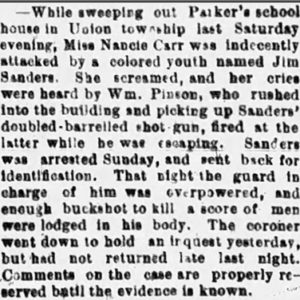 Sanders Lynching Article
Sanders Lynching Article
Scott County Lynching of 1843
Scott-Selden Duel
aka: Selden-Scott Duel
Scruggs, David (Lynching of)
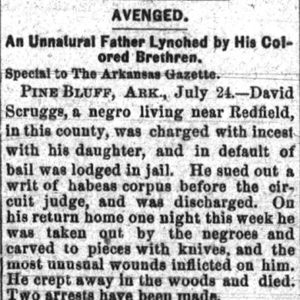 David Scruggs Lynching Article
David Scruggs Lynching Article
Sees, Willis (Lynching of)
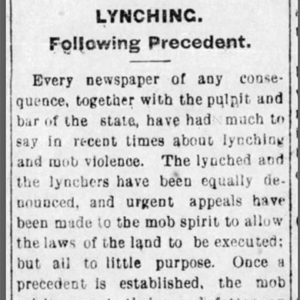 Willis Sees Lynching Article
Willis Sees Lynching Article
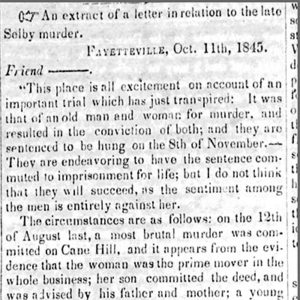 Selby Murders Letter
Selby Murders Letter
Sevier County Lynching of 1881
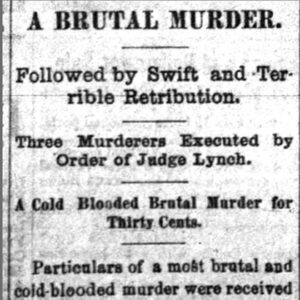 Sevier County Lynching Article
Sevier County Lynching Article
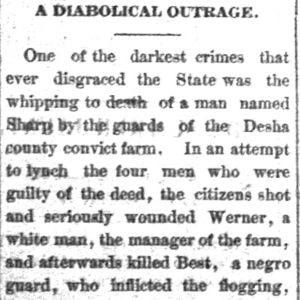 William Sharp Murder Story
William Sharp Murder Story
Shivery, George (Lynching of)
 Shooting Tribute
Shooting Tribute
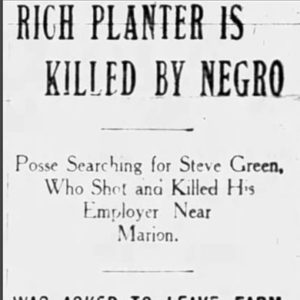 William Sidle Killing Article
William Sidle Killing Article
Sigler (Lynching of)
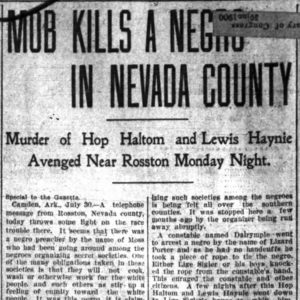 Sigler Lynching Article
Sigler Lynching Article
Simmons, Ronald Gene
Simpson, Louis (Reported Lynching of)
Slater, Philip (Lynching of)
Slaughter, Tom
 Tom Slaughter
Tom Slaughter
 Tom Slaughter Death Article
Tom Slaughter Death Article
Smackover Riot of 1922
Smith (Lynching of)
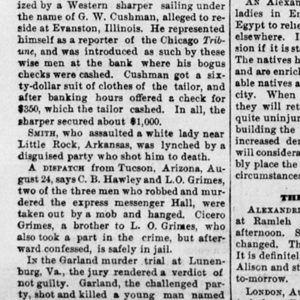 Smith Lynching Article
Smith Lynching Article
Smith, Henry (Lynching of)
 Henry Smith Lynching Article
Henry Smith Lynching Article
 Hershel Alan Smith
Hershel Alan Smith
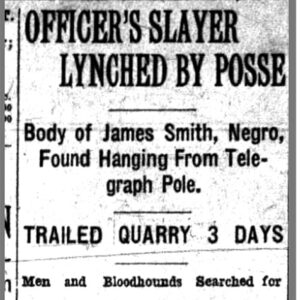 James Smith Lynching Article
James Smith Lynching Article




